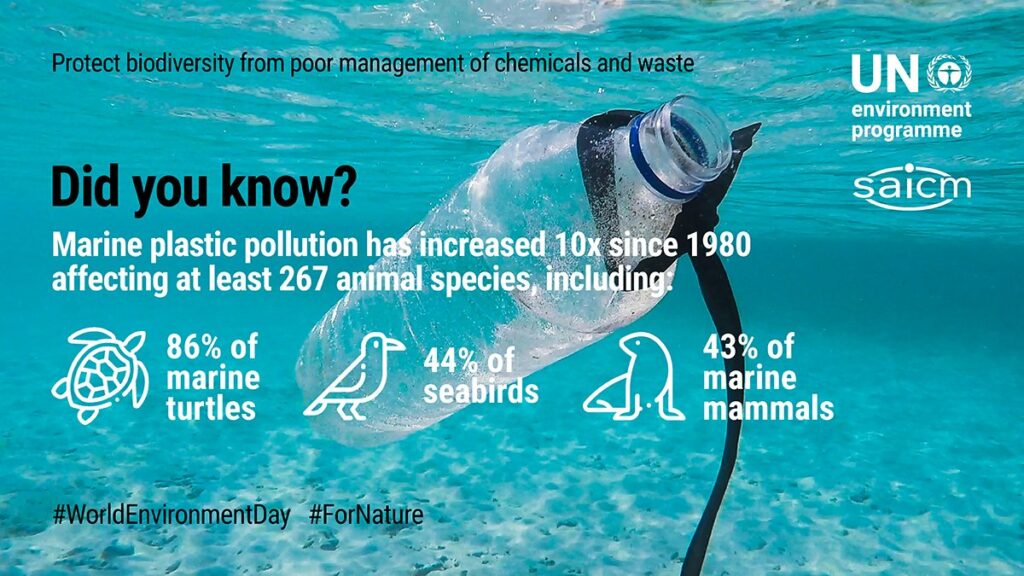
Water Management Legislation Passed in Idaho
Two pieces of legislation have been passed that will make water management in northern and southern Idaho easier, according to the Idaho Water Resource Board.
Legislation Details
- Senate Bill 1341
- Co-sponsored by Sen. Van Burtenshaw (R―Terreton) and Rep. Jack Nelson (R―Jerome)
- Gives the IDWR a process to expand the boundary of the Easter Snake Plain Aquifer area of common groundwater supply
- Ensures conjunctive management of surface water and groundwater rights in the ESPA under the Prior Appropriation Doctrine
- Provides a process for notification to users of any proposed changes in boundaries, public hearings and feedback, and appeals processes
- House Bill 687
- Allows IDWR the ability to petition a district court judge to commence water rights adjudication in Kootenai River Basin
- Defines and confirms existing water rights
Impact on Water Users
The resource board was pleased with the passage of the legislation, noting in its most recent meeting on April 2 that the bills would “enhance” water management in the two regions of the state.
“Some water users will be affected by these proposed changes,” said Mathew Weaver, director of the Idaho Department of Water Resources, during the board meeting. “We need to do more research to understand how many water users could be affected. We will officially notify affected water users in the coming months about the change in administrative scope and the impact on their individual water rights.”
Timeline and Cost
The adjudication process in the Kootenai River Basin will take about five years and cost $3.25 million, according to the board’s release. Other adjudications are currently underway in various basins in the state, including the Bear River, Clark Fork-Pend Oreille, Coeur d’Alene-Spokane River, and Palouse River basins.
Sustainable Development Goals
The passage of these water management legislations aligns with several Sustainable Development Goals (SDGs), including:
- SDG 6: Clean Water and Sanitation
- SDG 11: Sustainable Cities and Communities
- SDG 13: Climate Action
- SDG 15: Life on Land
By improving water management and ensuring fair allocation of water resources, Idaho is taking steps towards achieving these global goals.
SDGs, Targets, and Indicators
| SDGs | Targets | Indicators |
|---|---|---|
| SDG 6: Clean Water and Sanitation | 6.5: By 2030, implement integrated water resources management at all levels, including through transboundary cooperation as appropriate | The passage of Senate Bill 1341 and House Bill 687, which aim to enhance water management in northern and southern Idaho, can be seen as steps towards implementing integrated water resources management. |
| SDG 6: Clean Water and Sanitation | 6.4: By 2030, substantially increase water-use efficiency across all sectors and ensure sustainable withdrawals and supply of freshwater to address water scarcity and substantially reduce the number of people suffering from water scarcity | The legislation passed in Idaho may contribute to improving water-use efficiency and ensuring sustainable withdrawals and supply of freshwater by enhancing water management in the state. |
| SDG 16: Peace, Justice, and Strong Institutions | 16.6: Develop effective, accountable, and transparent institutions at all levels | The passage of Senate Bill 1341 and House Bill 687 demonstrates the development of effective institutions at the state level in Idaho for water management. |
1. Which SDGs are addressed or connected to the issues highlighted in the article?
The SDGs that are addressed or connected to the issues highlighted in the article are SDG 6: Clean Water and Sanitation and SDG 16: Peace, Justice, and Strong Institutions.
2. What specific targets under those SDGs can be identified based on the article’s content?
Based on the article’s content, the specific targets that can be identified are:
- Target 6.5: By 2030, implement integrated water resources management at all levels, including through transboundary cooperation as appropriate
- Target 6.4: By 2030, substantially increase water-use efficiency across all sectors and ensure sustainable withdrawals and supply of freshwater to address water scarcity and substantially reduce the number of people suffering from water scarcity
- Target 16.6: Develop effective, accountable, and transparent institutions at all levels
3. Are there any indicators mentioned or implied in the article that can be used to measure progress towards the identified targets?
The indicators mentioned or implied in the article that can be used to measure progress towards the identified targets include:
- The passage of Senate Bill 1341 and House Bill 687, which aim to enhance water management in northern and southern Idaho, can be seen as steps towards implementing integrated water resources management (Target 6.5).
- The legislation passed in Idaho may contribute to improving water-use efficiency and ensuring sustainable withdrawals and supply of freshwater by enhancing water management in the state (Target 6.4).
- The passage of Senate Bill 1341 and House Bill 687 demonstrates the development of effective institutions at the state level in Idaho for water management (Target 16.6).
SDGs, Targets, and Indicators
| SDGs | Targets | Indicators |
|---|---|---|
| SDG 6: Clean Water and Sanitation | 6.5: By 2030, implement integrated water resources management at all levels, including through transboundary cooperation as appropriate | The passage of Senate Bill 1341 and House Bill 687, which aim to enhance water management in northern and southern Idaho, can be seen as steps towards implementing integrated water resources management. |
| SDG 6: Clean Water and Sanitation | 6.4: By 2030, substantially increase water-use efficiency across all sectors and ensure sustainable withdrawals and supply of freshwater to address water scarcity and substantially reduce the number of people suffering from water scarcity | The legislation passed in Idaho may contribute to improving water-use efficiency and ensuring sustainable withdrawals and supply of freshwater by enhancing water management in the state. |
| SDG 16: Peace, Justice, and Strong Institutions | 16.6: Develop effective, accountable, and transparent institutions at all levels | The passage of Senate Bill 1341 and House Bill 687 demonstrates the development of effective institutions at the state level in Idaho for water management. |
Behold! This splendid article springs forth from the wellspring of knowledge, shaped by a wondrous proprietary AI technology that delved into a vast ocean of data, illuminating the path towards the Sustainable Development Goals. Remember that all rights are reserved by SDG Investors LLC, empowering us to champion progress together.
Source: idahobusinessreview.com

Join us, as fellow seekers of change, on a transformative journey at https://sdgtalks.ai/welcome, where you can become a member and actively contribute to shaping a brighter future.






